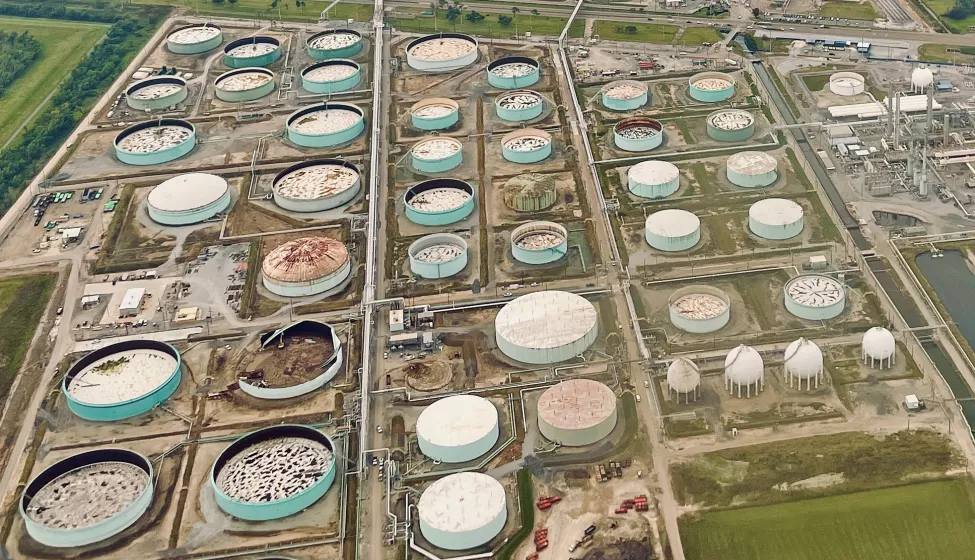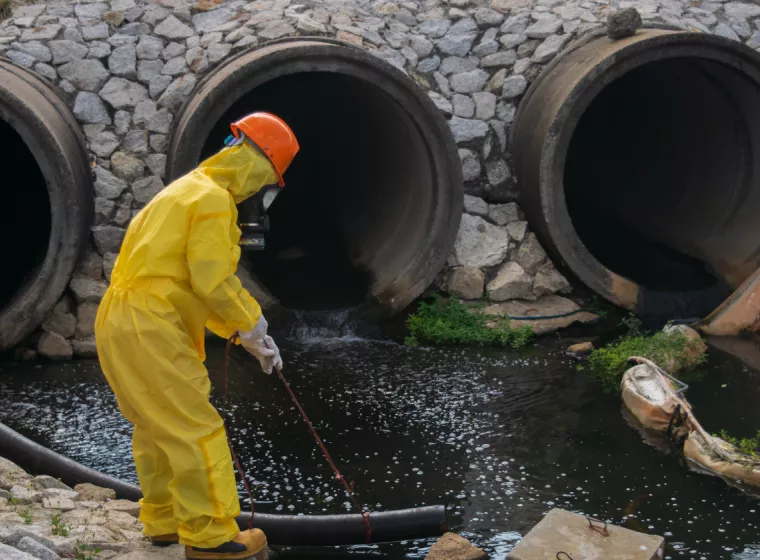April 24, 2024
New designations for PFOA and PFOS will trigger cleanups at numerous Superfund and other impacted sites
On April 19, the Environmental Protection Agency finalized the hazardous substances designation for two per- and polyfluoroalkyl substances (PFAS), PFOA and PFOS, and their salts and structural isomers under the Comprehensive Environmental Response, Compensation, and Liability Act (CERCLA), also known as Superfund. EPA stated that the intent of the new rule is to help ensure that potentially responsible parties pay to clean up contamination.
Under the new rule, releases greater than 1 pound of PFOS or PFOA are required to be reported to the National Response Center as well as state, tribal, and local emergency responders within 24 hours. The rule also requires that federal entities transferring or selling property must notify purchasers of any storage, release, or disposal of PFOA or PFOS on the property and guarantee its past or future cleanup. The Department of Transportation will also list and regulate these substances as hazardous materials under the Hazardous Materials Transportation Act.
More and potentially costly site cleanups
PFAS have been used historically in a wide variety of industrial and commercial facilities, meaning this rule is applicable to a large number of sites. Currently, EPA has identified 180 Superfund sites with PFAS contamination. This will likely increase as existing sites are required to investigate and clean up PFOS and PFOA and as newly discovered sites are added. In addition, the hazardous substances designation will likely impose significant costs at Superfund sites since the new maximum contaminant levels (MCLs) for PFOS and PFOA are orders of magnitude lower than those for currently regulated drinking water contaminants.
Some relief for selected entities that handle PFAS
EPA also issued a PFAS Enforcement Discretion and Settlement Policy Under CERCLA, stating that the agency would not seek response costs or actions under CERCLA for the following entities:
- Community water systems and publicly owned treatment works (POTWs)
- Municipal separate storm sewer systems (MS4s)
- Publicly owned/operated municipal solid waste landfills
- Publicly owned airports and local fire departments
- Farms where biosolids are applied to the land
The Enforcement Discretion and Settlement Policy does not protect water utilities or other entities listed above from third-party suits related to PFAS contamination unless they settle with EPA under CERCLA.
Potential impacts on wastewater and the application of biosolids that may contain PFAS
PFOS and PFOA have been detected in approximately 12% of drinking water supplies across the U.S., and they are frequently detected in wastewater. EPA plans on further assessing POTWs with industrial inputs, focusing on 200-300 facilities identified in its national wastewater survey. Furthermore, treatment waste streams from normal POTW operations, such as biosolids, may contain PFOS or PFOA that would be subject to this rule and may result in higher treatment costs. The application of biosolids on agricultural lands may be at risk if PFOS and PFOA are present in the biosolids.
The new rule will become effective 60 days after its publication by EPA in the Federal Register.
What Can We Help You Solve?
Exponent's expertise in PFAS spans fate and transport, analytical chemistry, treatment technologies, NPDES permitting, human and ecological risk, historical usage, and chemical forensics. We have helped numerous manufacturers identify PFAS in their products, processes, and waste streams and manage the associated risks.
Insights



















